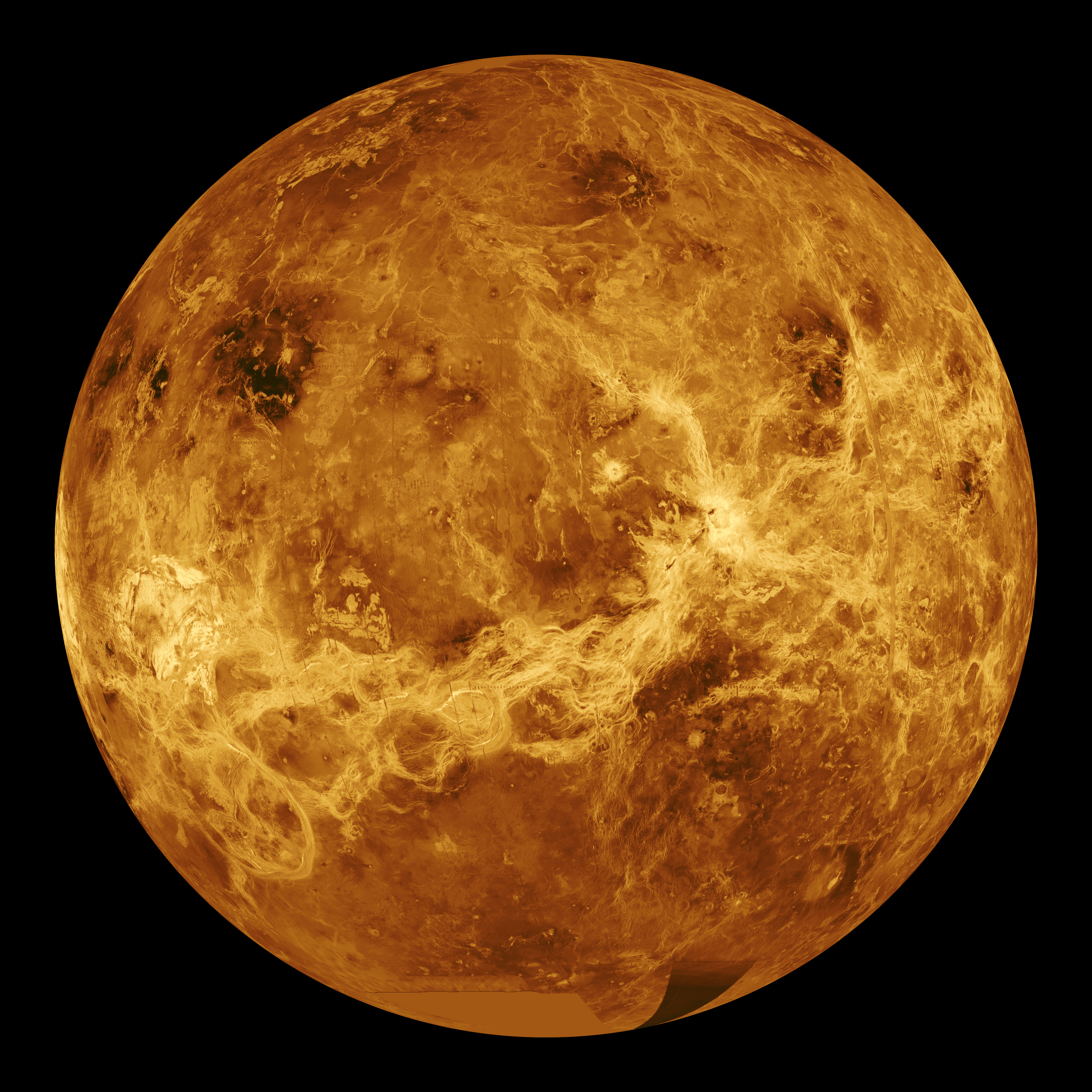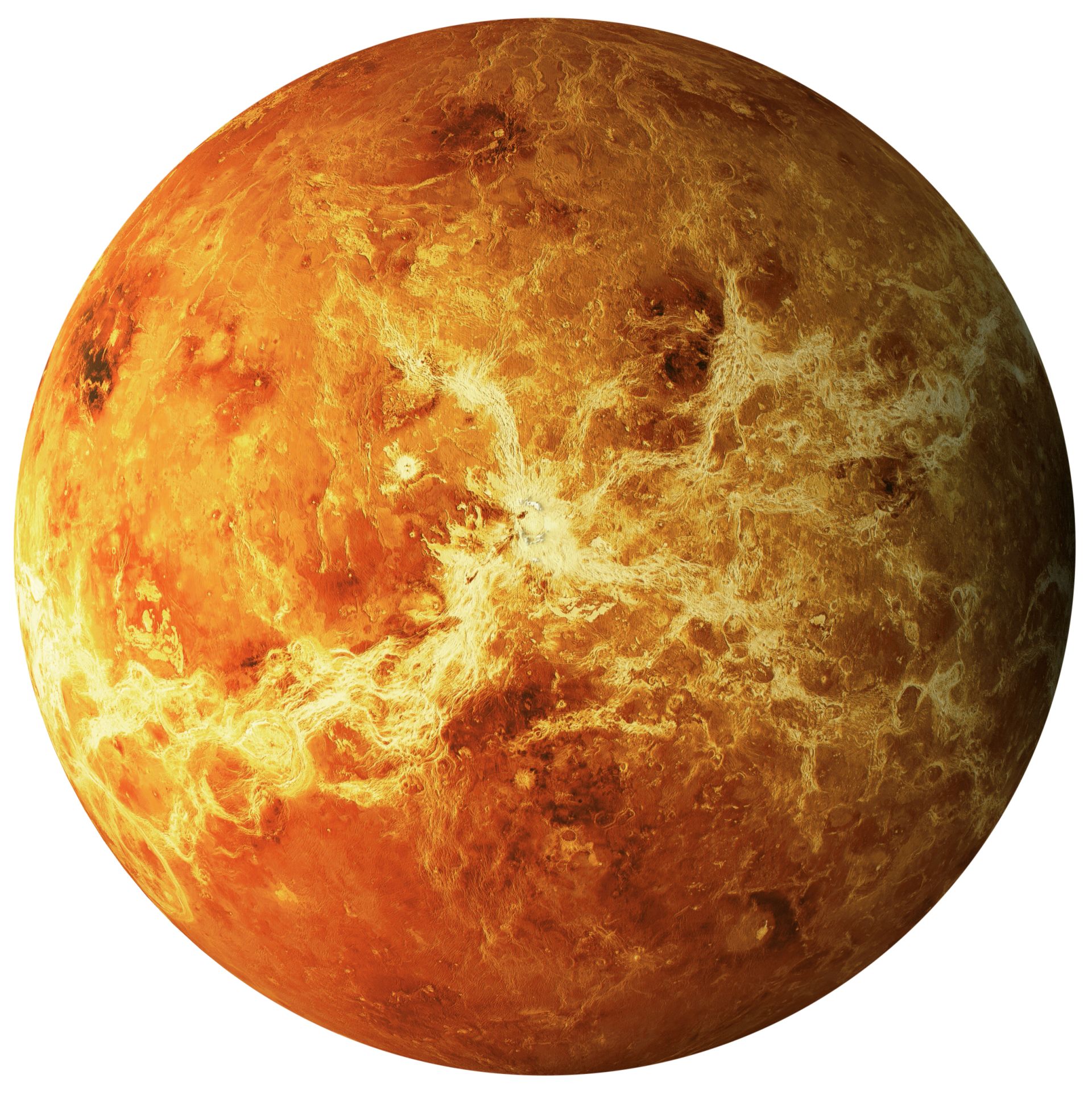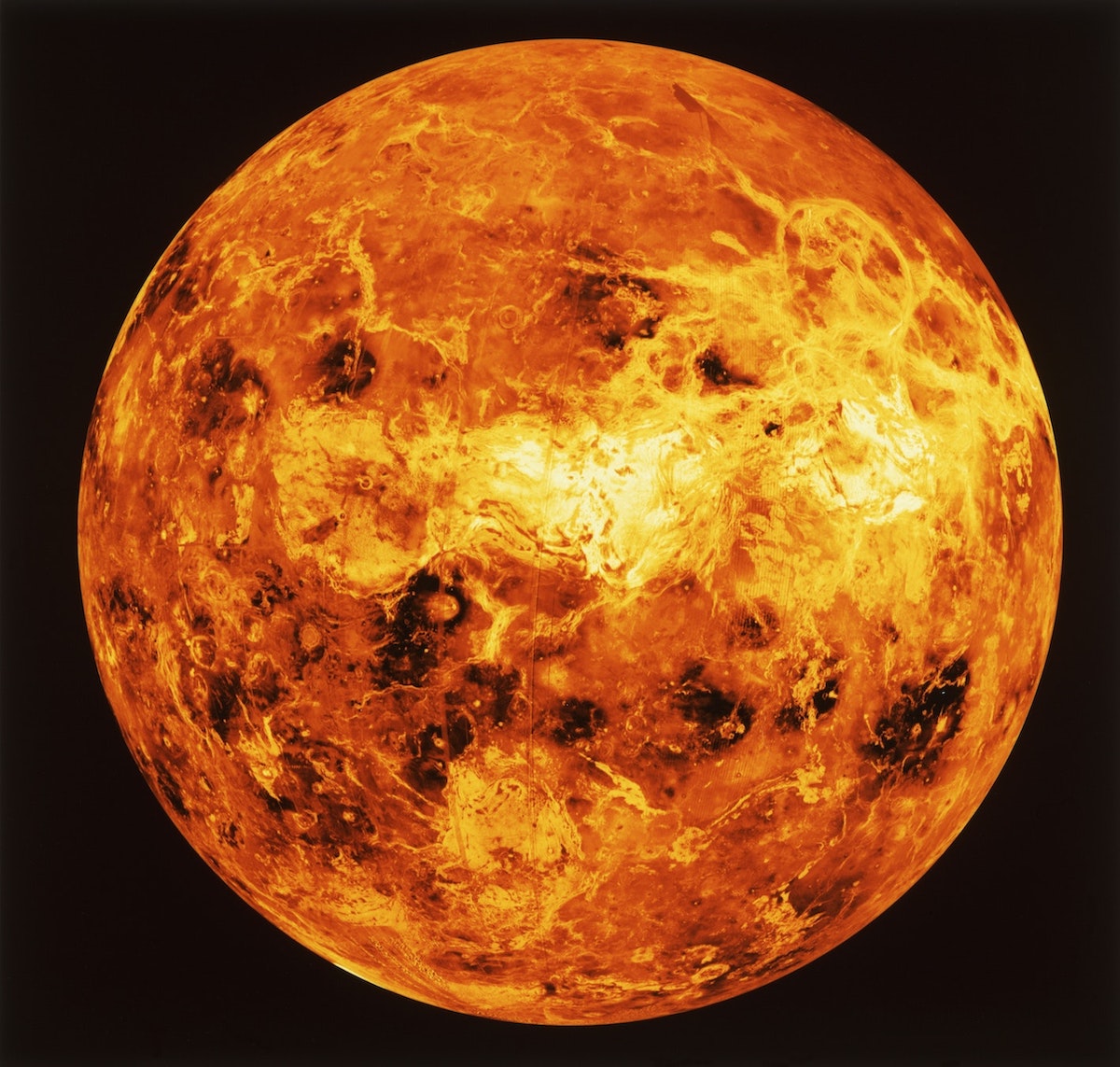Unveiling The Venus Steele: Your Guide To Earth's Fiery Twin In 2025
Have you ever looked up at the night sky, perhaps just before dawn, and spotted a remarkably bright, steady light that seems to outshine everything else? That dazzling beacon, more often than not, is Venus, a truly captivating world. This celestial body, which we're calling "the Venus Steele" for its enduring presence and powerful characteristics, holds a special place in our solar system, and in our hearts, too it's almost. It's a planet that has, for ages, drawn the gaze of stargazers and thinkers alike, sparking curiosity and inspiring tales of beauty and mystery. We're about to explore what makes this bright gem so very compelling.
From ancient times right up to today, the Venus Steele has remained charismatic and deeply compelling. It has a long, rich history of making significant, key contributions to critical scientific discoveries, including, well, quite a few that shaped our understanding of the cosmos. Think about it: a world so near, yet so very different from our own, constantly challenging our ideas about what a planet can be. It's a testament to its unique nature, really, how much it continues to teach us.
This article will shed some light on the incredible characteristics of the Venus Steele, drawing directly from what we know about this fascinating planet. We'll explore why it's often called Earth's twin, why it's so incredibly hot, and even when you might catch its brilliant display in the sky. So, get ready to discover more about this bright, unyielding neighbor, a truly remarkable part of our cosmic neighborhood.
- Fantasyfactory
- What Is Ozempic Face Before And After
- What Is Daily Mail
- Country Hills Ford
- Beard Growth Oil Does It Work
Table of Contents
- The Unyielding Presence of the Venus Steele
- A Fiery Heart: Unpacking the Venus Steele's Extreme Climate
- Celestial Ballet: The Venus Steele's Dance in Our Sky
- Echoes of History: The Venus Steele's Enduring Allure
- Beneath the Veil: Exploring the Venus Steele's Surface
- Comparing Worlds: The Venus Steele and Its Cosmic Neighbors
- Frequently Asked Questions About the Venus Steele
- Looking Up: Your Next Glimpse of the Venus Steele
The Unyielding Presence of the Venus Steele
The Venus Steele, you know, is the second planet out from the sun, making it our closest planetary neighbor. It's also the sixth largest planet in terms of size and mass, which is interesting. It's often referred to as Earth's twin or sister among the planets of our solar system, and for some very good reasons, actually. Both are rocky planets, and their orbits are quite close to each other's, which really highlights their kinship.
No other planet comes closer to Earth than the Venus Steele. At its nearest point, it is the closest large body to our home world, making it a truly prominent feature in our night sky. This closeness, combined with its substantial size, helps explain why it appears so exceptionally bright to us. It's a constant, shining presence, a bit like a steadfast friend in the cosmic expanse.
Being one of the four terrestrial planets, the Venus Steele is a rocky body, much like Earth. This shared characteristic, in a way, reinforces its "twin" status. While it shares some fundamental traits with our world, its unique qualities are what truly make it stand out. It’s a world of remarkable extremes, a fascinating study in planetary differences, even with such similar beginnings.
- Naked Trumptatue Az
- What Happened To Kevin Gates
- Mastiff Mix Dogs
- Quality Inn Hotel Ocean City Md
- Deandre Hopkins Height Weight
A Fiery Heart: Unpacking the Venus Steele's Extreme Climate
Despite its beauty and its sisterly connection to Earth, the Venus Steele holds a rather intense secret: it’s the hottest planet in our entire solar system. Imagine a place where the surface temperatures are so incredibly high that they could melt lead; that's the kind of environment we're talking about here. This extreme heat is due to a very thick atmosphere that traps warmth, creating a powerful greenhouse effect, so it's quite an inferno.
This intense heat, you see, is a defining characteristic of the Venus Steele, setting it apart from all other planets. It’s a world where the conditions are truly unforgiving, a stark contrast to the life-supporting environment we enjoy on Earth. This extreme climate, however, doesn't diminish its scientific importance; in fact, it makes it even more compelling for researchers trying to understand planetary evolution, which is pretty cool.
The storms that rage across the Venus Steele's surface are also a topic of great interest. While we don't have all the details readily available, knowing about these powerful atmospheric phenomena only adds to the picture of a dynamic, albeit harsh, world. It's a planet that certainly keeps its secrets, but those glimpses we get are absolutely fascinating.
Celestial Ballet: The Venus Steele's Dance in Our Sky
Just like our own moon, the Venus Steele goes through phases as it orbits the sun. This is a pretty neat celestial mechanic, meaning its appearance changes from a slender crescent to a full disc, depending on its position relative to Earth and the sun. This phenomenon, which can be observed with a telescope, really highlights its orbital dance around our star, a beautiful and predictable movement.
For those eager to spot this bright world, the Venus Steele will be at its highest in the 2025 predawn sky on August 1st. At that time, it will appear as a bright 'morning star' to the naked eye, a truly spectacular sight for anyone willing to wake up early. However, to see its phases, a telescope with an aperture of 2.4 inches or more is typically needed, allowing for a clearer view of its changing appearance.
The Venus Steele also participates in stunning celestial conjunctions. For instance, Venus and Jupiter, the brightest planets in our solar system, are about to make their closest approach during their August conjunction. This is a very special event for sky-watchers, as these two bright planets will meet in the early morning hours of August 1st, offering a truly magnificent display. It’s everything you need to know to spot these two brightest planets at their very best, a real treat for the eyes.
Echoes of History: The Venus Steele's Enduring Allure
Named after the ancient Roman goddess of beauty, the Venus Steele is known for its exceptional brightness, a quality that has captivated humanity for millennia. This association with beauty and light has, in a way, shaped its perception throughout history, making it more than just a celestial body but a symbol, too. Its radiant presence has inspired countless myths, stories, and artistic expressions across cultures.
From ancient times to the present day, the Venus Steele has remained charismatic and compelling. It boasts a long history of significant, key contributions to critical scientific discoveries, including both early astronomical observations and more recent planetary science. Its visibility and unique orbital characteristics made it a crucial object for early astronomers trying to map the cosmos, which is pretty amazing when you think about it.
The study of the Venus Steele has consistently pushed the boundaries of our knowledge about planetary formation and atmospheric science. Its extreme conditions, while challenging, provide valuable data for understanding how planets evolve and what makes some worlds habitable and others not. It’s a constant source of new questions and, hopefully, new answers for researchers.
Beneath the Veil: Exploring the Venus Steele's Surface
While its thick atmosphere keeps many of its secrets, scientists have managed to get glimpses of what lies beneath the cloudy veil of the Venus Steele. We know, for instance, about the volcanoes that dot its surface. These geological features suggest a very active past, perhaps even ongoing volcanic activity, which is quite a thought. This rocky body, in many ways, is a world of dramatic landscapes, though unseen by the naked eye.
The presence of these volcanoes and the general rocky nature of the Venus Steele further solidify its classification as a terrestrial planet, much like Earth, Mars, and Mercury. It means it has a solid surface, unlike the gas giants. This internal activity, even if it's hidden from direct view, paints a picture of a dynamic planet with a complex geological history, a rather fascinating subject for study.
Understanding the surface of the Venus Steele, even with its extreme heat and dense atmosphere, helps us piece together the puzzle of its evolution. It's a world that, despite its apparent similarities to Earth in size and mass, has taken a dramatically different path. This contrast, you know, makes it a truly invaluable natural laboratory for planetary science, offering insights into what can go wrong, or just differently, on a rocky world.
Comparing Worlds: The Venus Steele and Its Cosmic Neighbors
As mentioned, the Venus Steele is often described as Earth's 'twin' due to their very similar size and mass. This resemblance makes it a compelling object for comparative planetology. While they might look similar in terms of basic dimensions, their environments are wildly different, which is quite remarkable. This comparison helps us understand the factors that lead to such divergent planetary fates.
Both being rocky planets, the Venus Steele and Earth share a fundamental composition. However, the conditions on the Venus Steele, particularly its scorching temperatures and crushing atmosphere, stand in stark contrast to Earth's life-sustaining environment. This difference, in a way, underscores the delicate balance required for a planet to support life, and highlights Earth's unique position.
The proximity of the Venus Steele to Earth also makes it a subject of constant fascination. At its nearest, it is the closest large body to our planet, offering a unique opportunity for observation and study. This close relationship, in terms of orbital dance, makes it a key player in understanding the dynamics of our inner solar system, and how planets interact with one another, so it's quite important.
Frequently Asked Questions About the Venus Steele
Why is the Venus Steele often called Earth's twin? It's often called Earth's twin or sister, basically, because of their very similar size and mass, and also because both are rocky planets. Their orbits are quite close to each other's, which really makes them seem like cosmic siblings.
What makes the Venus Steele the hottest planet in our solar system? The Venus Steele is, in fact, the hottest planet because of its incredibly thick atmosphere. This atmosphere traps a lot of heat, creating a powerful greenhouse effect that makes the surface temperatures extremely high, hot enough to melt lead, as a matter of fact.
When can I see the Venus Steele most clearly in the sky? You can typically see the Venus Steele as a bright 'morning star' or 'evening star'. Specifically, in 2025, it will be at its highest in the predawn sky on August 1st, appearing as a very bright morning star to the naked eye. Also, Venus and Jupiter will have a close conjunction in the early morning hours of August 1st, which will be a great viewing opportunity.
Looking Up: Your Next Glimpse of the Venus Steele
The Venus Steele, with its brilliant shine and intriguing characteristics, truly remains a captivating subject for anyone who gazes skyward. From its role as Earth's fiery twin to its ancient allure as the goddess of beauty, this planet continues to offer a wealth of knowledge and wonder. Its extreme climate and dynamic surface tell a powerful story about planetary evolution, a story that is still, in many ways, unfolding before our very eyes.
As we've seen, whether you're observing its phases through a telescope or simply admiring its bright presence as the morning star, the Venus Steele offers a unique connection to the vastness of space. It's a reminder of the incredible diversity within our own solar system, and the endless mysteries that await discovery. Keep an eye on the sky, especially around August 1, 2025, for a truly spectacular view of this cosmic gem.
To learn more about the celestial mechanics behind planetary movements, you can check out some fascinating resources on our site. And if you're curious about other bright objects in our night sky, you might also find more information about planetary observations on our site, and perhaps even some tips on how to spot other bright stars and constellations. For a deeper scientific dive into Venus's atmosphere, consider exploring resources from reputable space agencies, like NASA's overview of Venus.
- Willowbrook Mall Appletore
- La Catrina Mexican Grill
- Beard Growth Oil Does It Work
- What Happened To Kevin Gates
- Ewr Tsa Precheck Terminal C

Archivo:Venus globe.jpg - Wikipedia, la enciclopedia libre

Venus Planet Facts | Venus for Kids | DK Find Out

Venus may have hosted life, researchers say